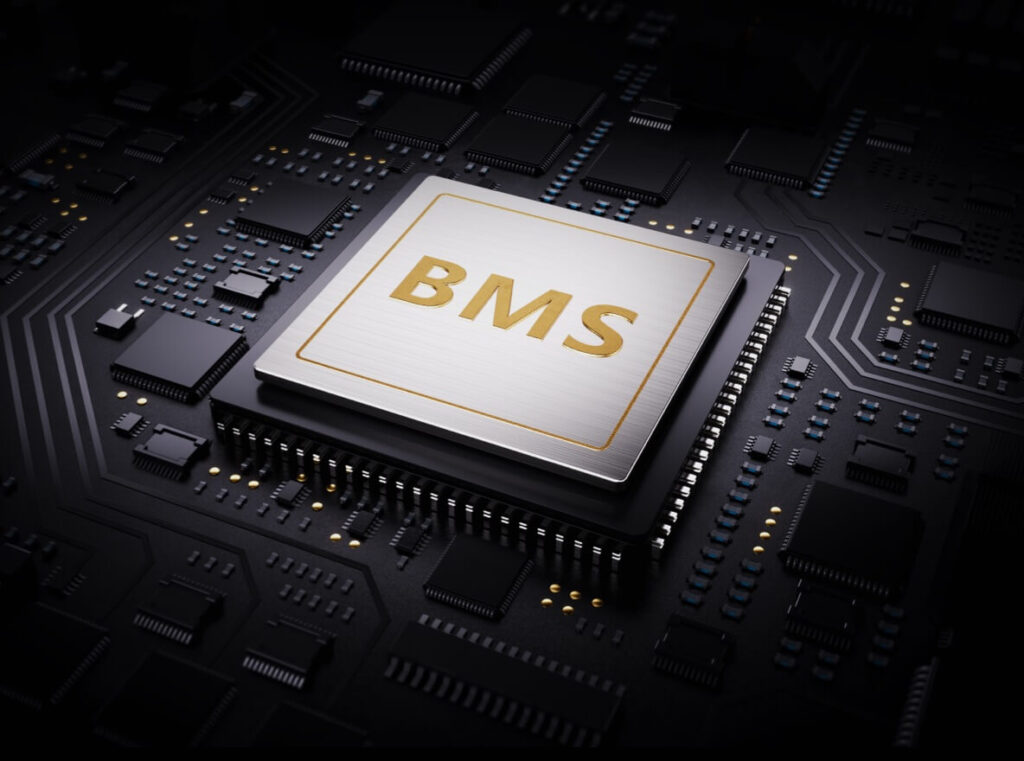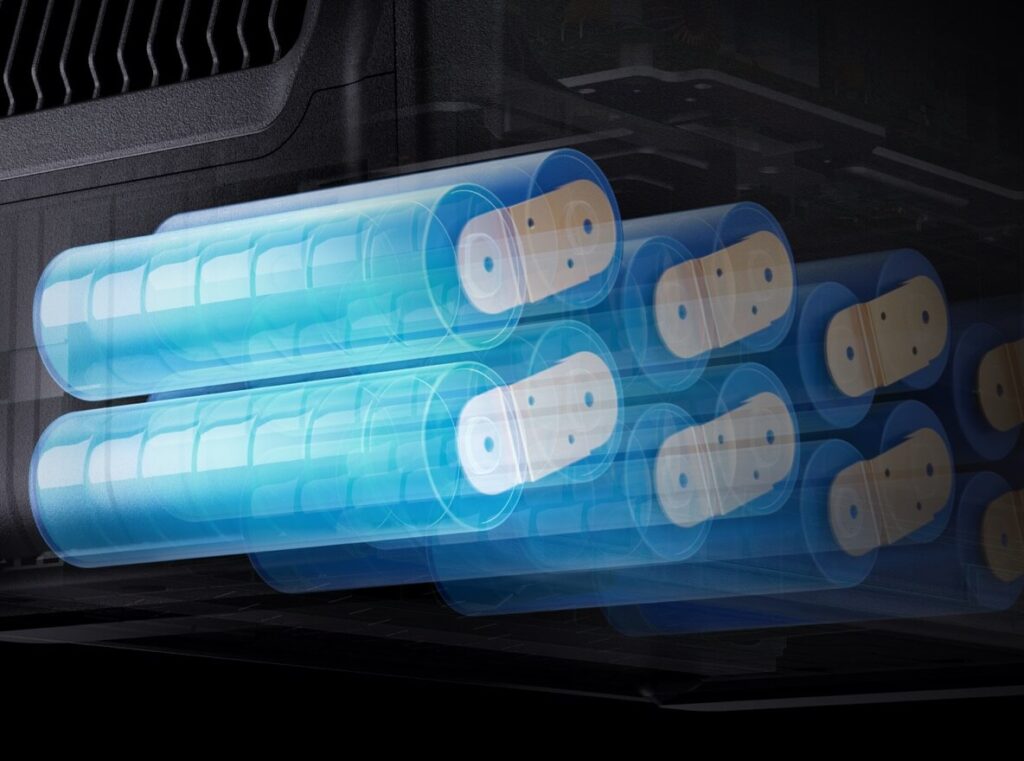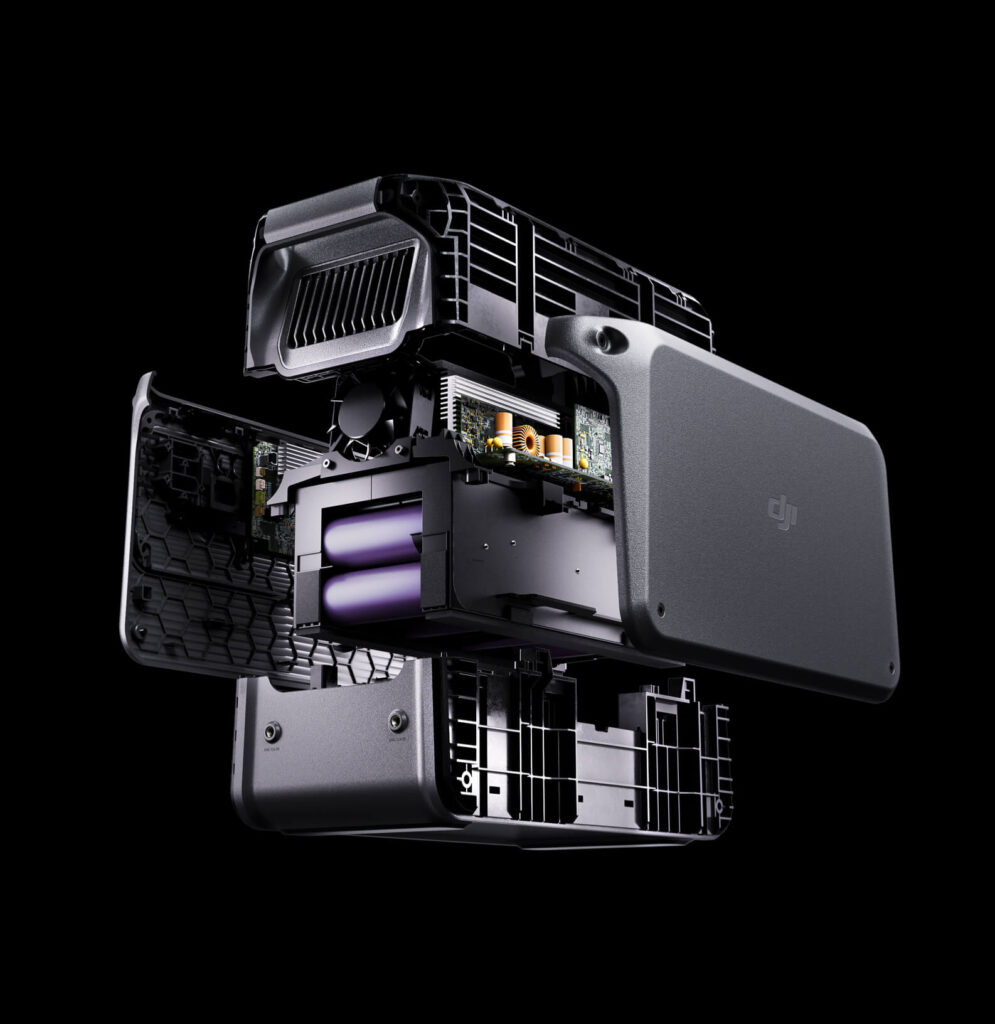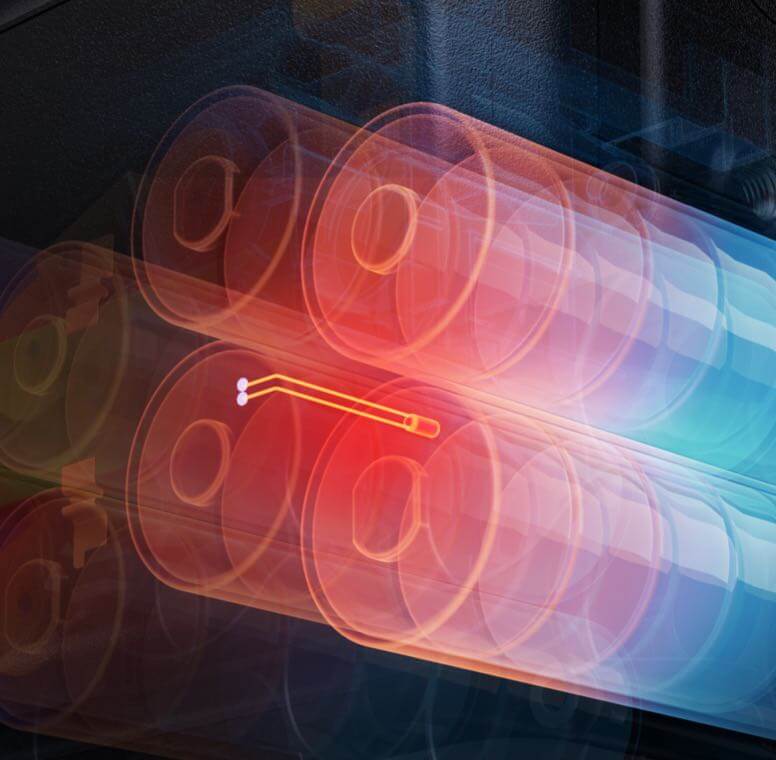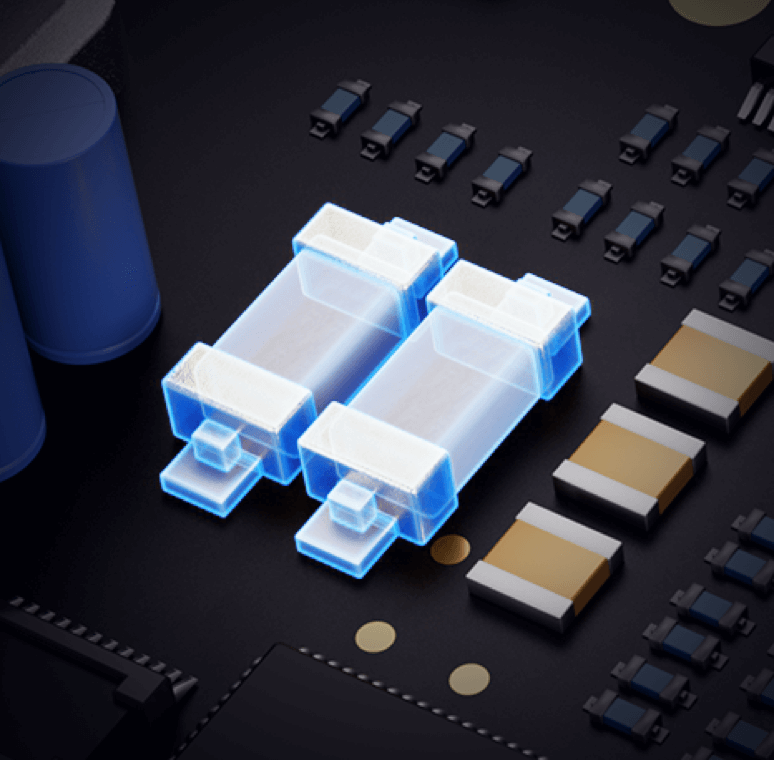Blog
DJI Power 1000: The Ultimate Power Solution for Professionals
In the ever-evolving world of portable power solutions, DJI has set a new benchmark with the introduction of the DJI Power 1000. This powerhouse station is designed to cater to all your charging needs, let’s delve deep into what makes the DJI Power 1000 a game-changer in portable power technology.
Table of Contents
- Introduction to DJI Power 1000
- Specifications of the DJI Power 1000
- Design and Durability
- Safety Features
- Performance and Charging Capabilities
- Additional Features
- Conclusion

Introduction to DJI Power 1000
The DJI Power 1000 is not just any portable power station; it’s a comprehensive solution that ensures you remain powered in any situation. Equipped with an LFP (LiFePO4) battery boasting a 1024Wh capacity, the DJI Power 1000 can handle everything from drones to microwaves without breaking a sweat.
It features a lithium-ion battery with ample capacity to charge devices like drones, phones, or electric fans. With eight varied ports and outlets, it delivers up to 2200W of power. You can connect devices using USB-A, USB-C, AC, SDC, or SDC Lite ports. Rigorously tested and expertly designed, the Power 1000 ensures reliable, safe charging repeatedly. To recharge the Power 1000 itself, you can plug it into a wall outlet or use optional accessories to harness solar power or your vehicle’s battery.
Specifications of the DJI Power 1000
The core of the DJI Power 1000 is its robust battery and multiple output options. With eight different ports, including two USB-C PD 3.1, two USB-A, two 3-prong AC outlets, one SDC port, and one SDC Lite port, it delivers up to 2200W of power. This array of ports makes the DJI Power 1000 versatile enough to support a wide range of devices and appliances.
Design and Durability
When it comes to design, the DJI Power 1000 impresses with its compact and rugged frame. It’s built to withstand up to 220 lb of weight and is made from flame-retardant material, ensuring it can handle the rigors of outdoor use and rough handling.
Safety Features
Safety is paramount with the DJI Power 1000. It has been tested by the Swiss-based SGS testing authority and features an Intelligent Battery Management System (BMS) that prevents overcharging by shutting down automatically and restarting once conditions stabilize. Additionally, it includes temperature sensors and power outage protection to ensure reliable operation under various environmental conditions.
The LFP cell is safe and durable, and can achieve 4000 cycles, [10] providing a lifespan of approximately 10 years, even with frequent use. [11]
Grid Power
It’s fast and easy to plug in, recharge, and go. When connected to grid power, DJI Power 1000 supports both 1200W Fast Recharge Mode and 600W Standard Recharge Mode, with the quickest recharging time being 70 minutes for 100% battery. It can also charge to 80% in just 50 minutes. [3]
Solar Power

DJI Power 1000 can be connected to solar panels through the DJI Power Solar Panel Adapter Module (MPPT) or the DJI Power Car Power Outlet to SDC Power Cable, [8] and recharged with environmentally friendly solar power. MPPT (Maximum Power Point Tracking) is an intelligent algorithm that supports real-time monitoring of the voltage generated by connected solar panels. By tracking and maintaining the highest voltage and current values (V-I), the algorithm allows the solar panels to recharge DJI Power 1000 in an optimized and efficient way.
Car Power

Easily supercharge any road trip. With the DJI Power Car Power Outlet to SDC Power Cable (12V/24V), you can fully recharge DJI Power 1000 via car charger.
The DJI Power 1000 sets itself apart with its exceptional charging capabilities. It can fast-charge DJI drone batteries significantly faster than conventional chargers. For example, it can charge the Mavic 3 from 10% to 95% in just 32 minutes. Additionally, its UPS Mode provides instantaneous power transfer in the event of a grid failure, ensuring uninterrupted power supply.
Safe and Reliable Power Usage
Intelligent Battery Management System (BMS)
When the safety threshold of electricity usage is surpassed, the protective mechanism for supplying power and recharging will kick into action automatically. And once electricity supply returns to normal, DJI Power 1000 will resume operation.
LFP Cell
providing a lifespan of approximately 10 years, even with frequent use. [11]
11 Temperature Sensors
11 temperature sensors on the device continually monitor heat dissipation, and the power station can function normally even in temperatures as high as 40° C (104° F). [12]
Additional Features
Beyond its primary functions, the DJI Power 1000 offers extra benefits like a lifespan of approximately 10 years, support for up to 3000 charging cycles, ultra-quiet operation, and an integrated color display that shows vital information at a glance. It even features integrated carry handles and mounting threads for ease of use in various settings. The DJI Power 1000 also supports solar charging, by connecting to solar panels via MPPT module or DJI Power Car Power Outlet to SDC Power Cable
Ultra-Quiet Operation
The noise level of DJI Power 1000 is as low as 23 dB [13] during recharging, lower than most household refrigerators, so there is no noise disturbance even in quiet environments.
Fast Charges DJI Drones
With the aid of separately-sold charging cables, you can fast charge select DJI drone batteries with the DJI Power SDC super-fast charge function, [5] and be up in the air within approximately 30 mins. With three drone batteries and a DJI portable power station, you can enjoy an entire day of worry-free flight and creation.

Conclusion
The DJI Power 1000 is more than just a portable power station; it’s a dependable power management system that ensures your devices stay charged no matter where you are. With its powerful performance, robust design, and advanced safety features, the DJI Power 1000 is truly a next-generation product for today’s power needs. Whether you’re a professional on the go or simply preparing for emergencies, the DJI Power 1000 provides peace of mind and reliability, making it an excellent investment for anyone in need of portable power.
DJI has once again proven their expertise in creating technology that is not only innovative but also essential, making the DJI Power 1000 a must-have for anyone looking to stay powered in a modern, mobile world
Order here1. Available when the product’s battery level is above 20%.
2. Device power does not exceed 2000 W.
3. Data tested under laboratory conditions at 25° C (77° F) and should be used for reference only.
4. Each USB-C port supports a max output power of 140 W. The device being charged must support the PD 3.1 protocol and use a USB cable that meets EPR specifications.
5. Requires certain accessories, which are sold separately.
6. DJI Power 1000 units purchased from the DJI Store will have a three-year warranty, which can be extended by an additional two years after registration. Consult customer service on DJI Store for more details.
7. Supports DJI Mavic 3 Pro Series, Mavic 3 Classic, Mavic 3 Series, and Mavic 3 Enterprise Series.
8. DJI Power 1000 can connect to up to two DJI Power Solar Panel Adapter Modules (MPPT), which can then connect up to three solar panels, meaning up to six solar panels can be connected to DJI Power 1000 at the same time. Additionally, DJI Power 1000 can connect to one solar panel through the DJI Power Car Power Outlet to SDC Power Cable.
9. Requires the DJI Power Solar Panel Adapter Module (MPPT) and solar panels. The aforementioned accessories are sold separately. The minimum time to fully recharge was measured under 25° C (77° F) laboratory conditions and is for reference only. Actual recharging time is subject to factors like the angle of sunlight and light intensity. Actual user experience may vary. To use solar panels not officially recommended by DJI, convert the solar panel connector to an XT60 interface. To prevent damage to the MPPT module and the power station, ensure the open-circuit voltage of the solar panel is less than 30 V. The power output of each solar panel connected to a single XT60 interface should not exceed 200 W, with the total output power of solar panels connected to the entire MPPT module capped at 400 W.
10. Measured under 25° C (77° F) laboratory conditions, being recharged in the 600W Standard Recharge Mode, and at an output power of 1000 W.
11. Based on the correct usage of the product, DJI Power 1000 will have an approximate lifespan of 10 years, calculated on the basis of completing one full recharge/discharge cycle on a daily basis. This data is for reference only. Actual user experience may vary.
12. Data measured in a DJI laboratory.
13. Measured 100 cm away from DJI Power 1000 while it was being recharged in the Standard Recharging Mode and is for reference only.
14. During power output, the device being charged must support the PD 3.0 protocol. During power input (recharging the power station), the charger must support the PD 3.0 protocol.


